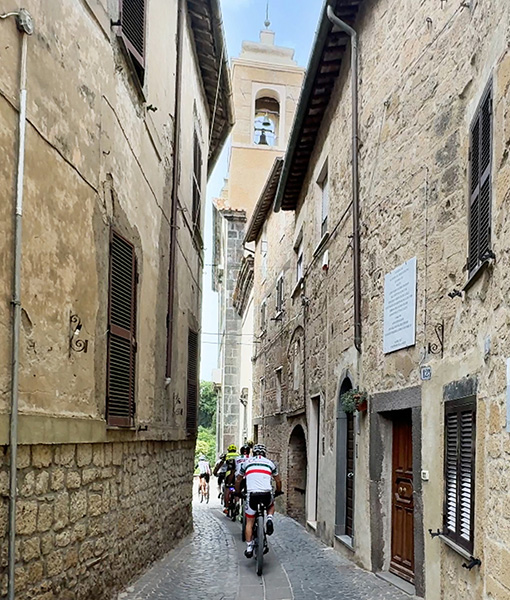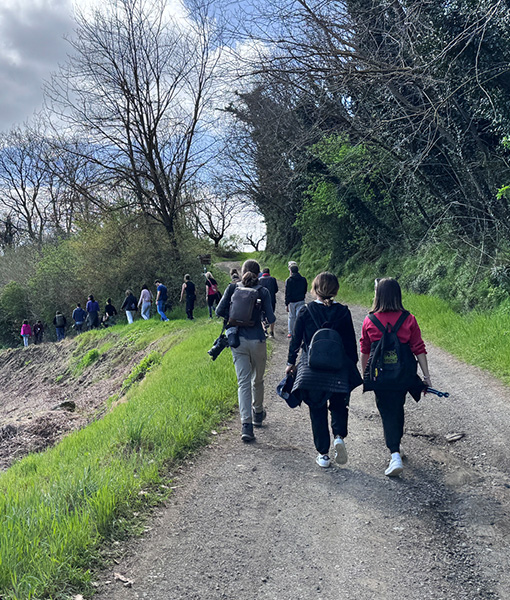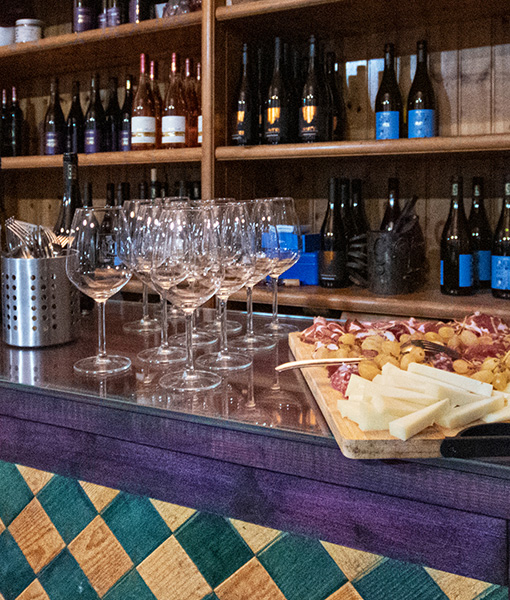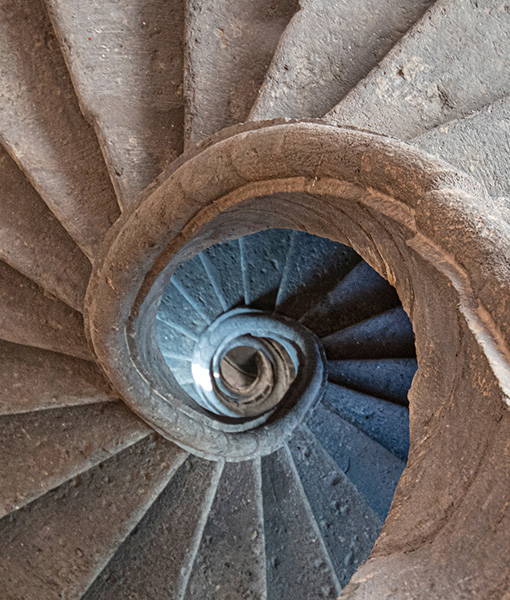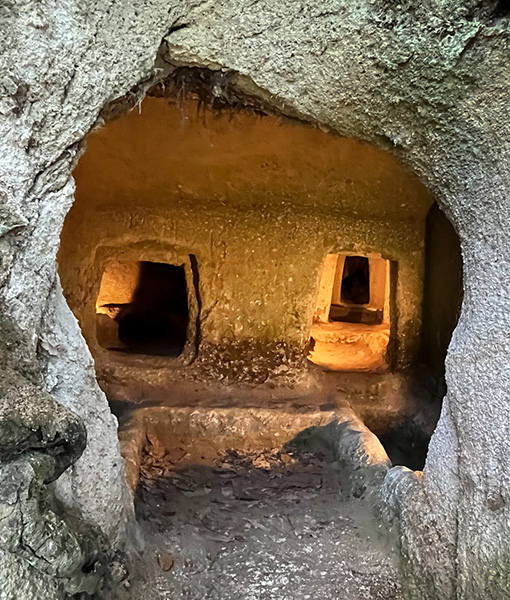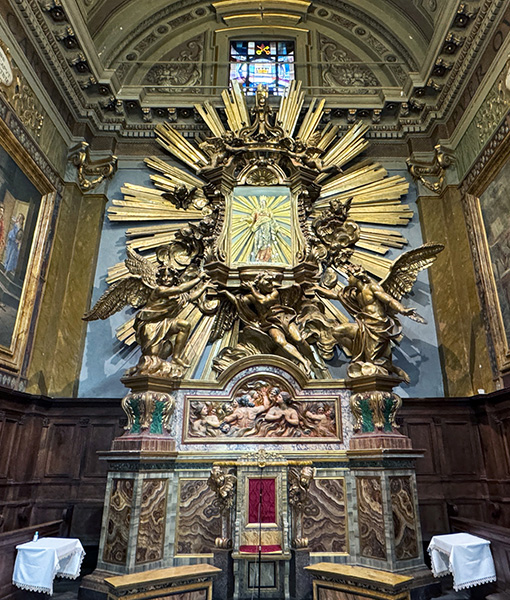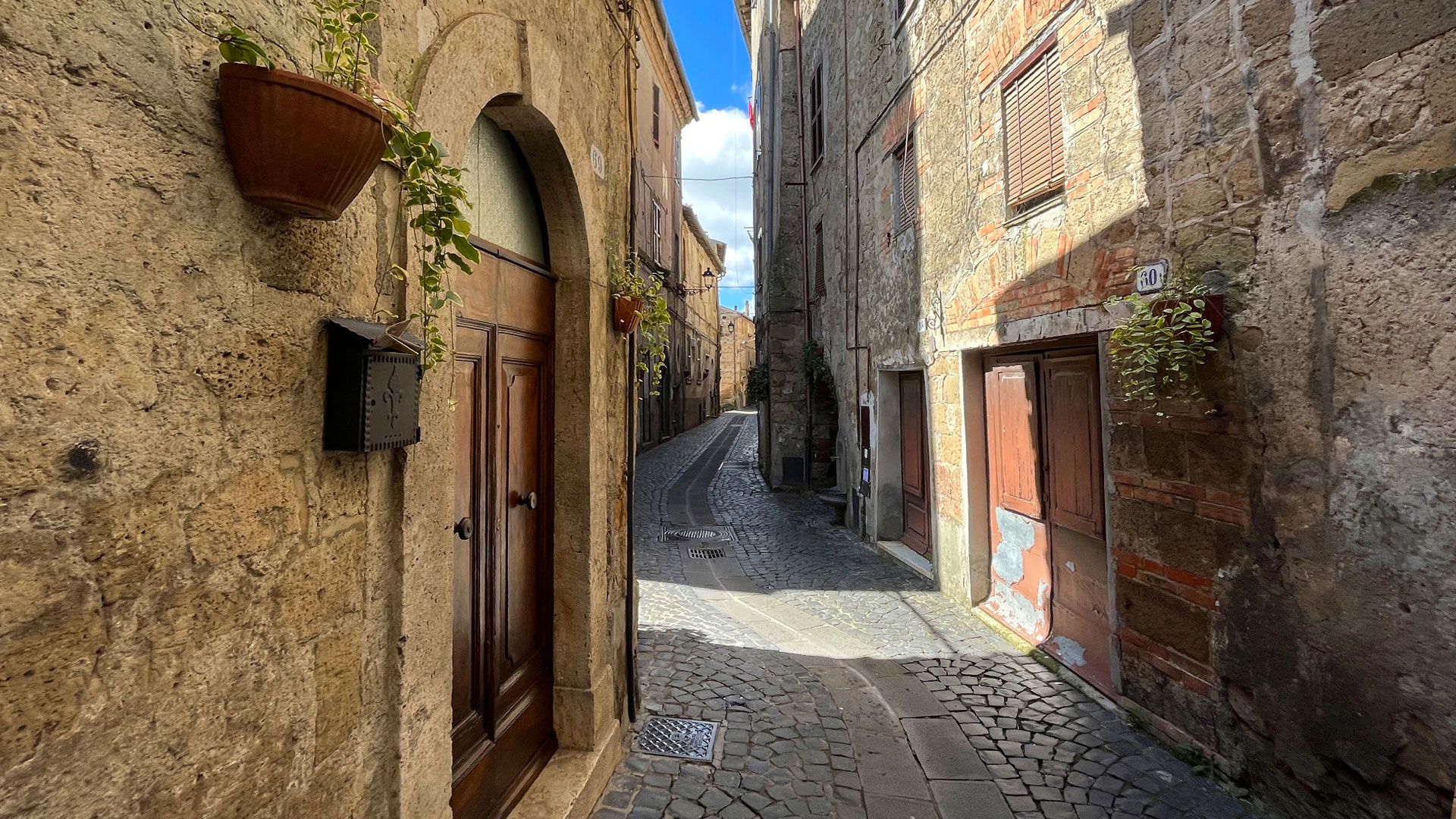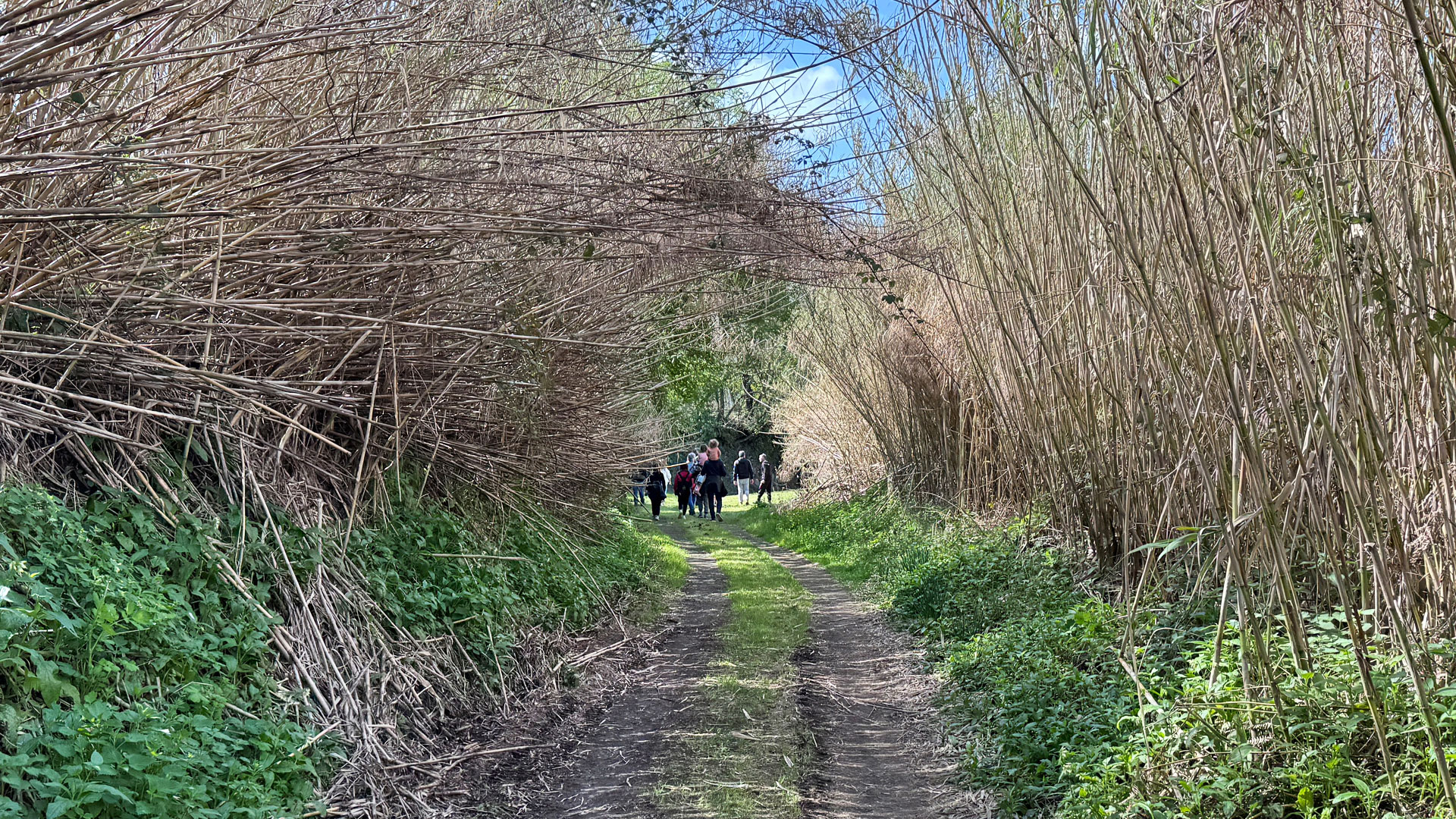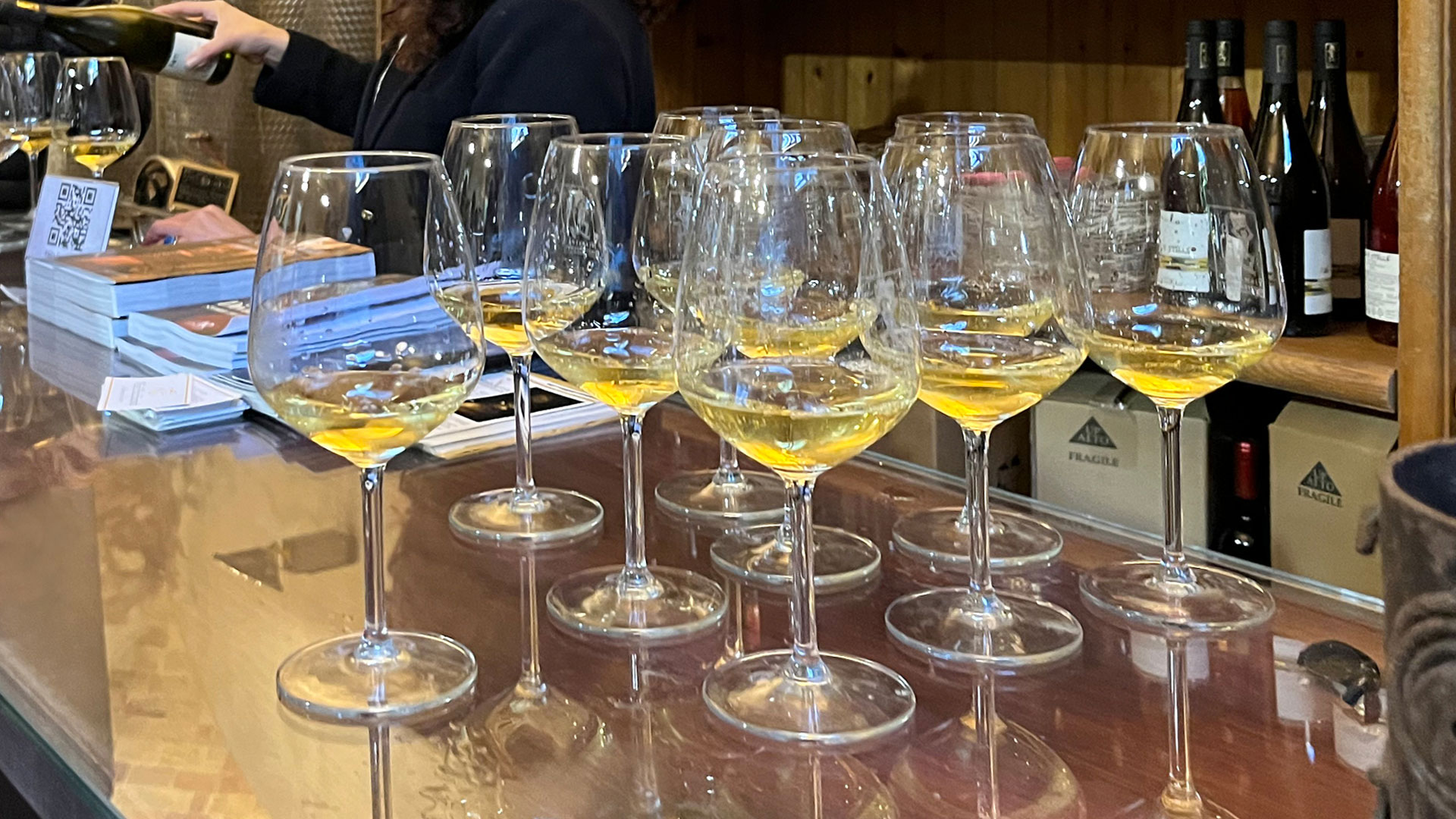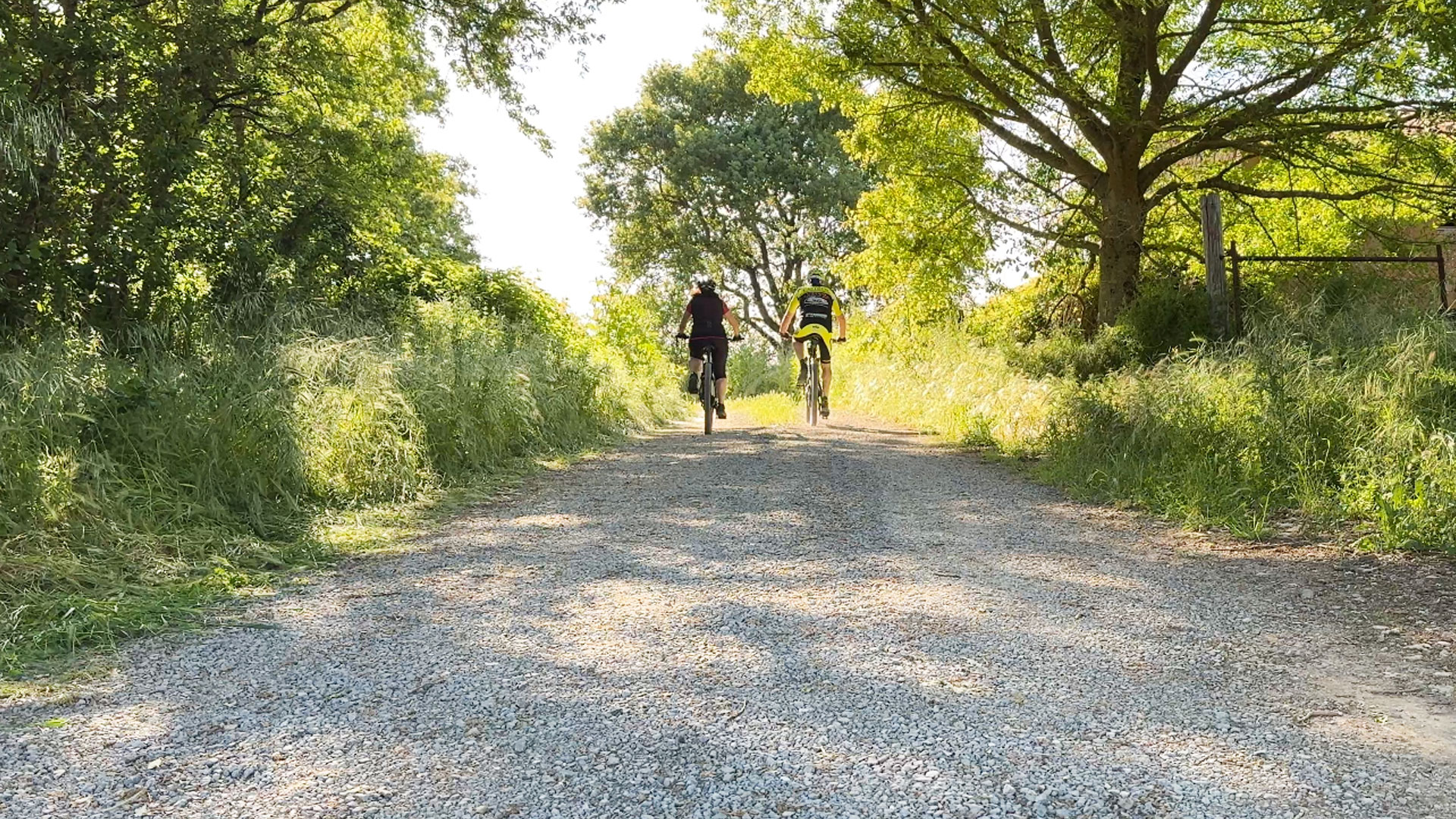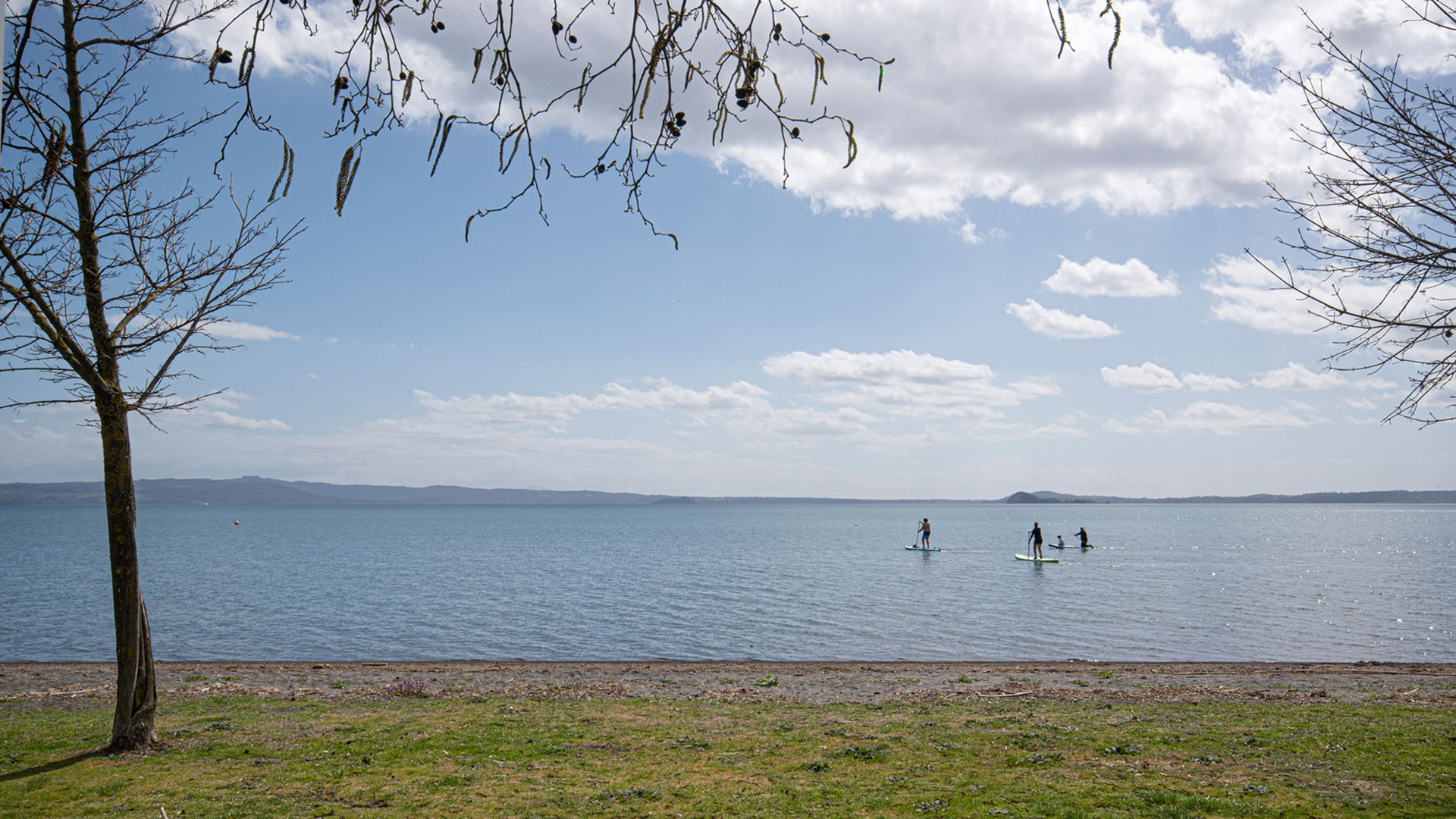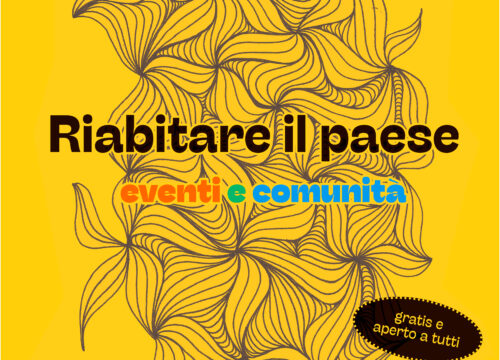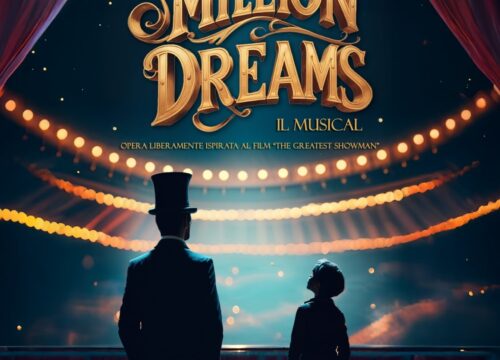Ready to go?
Experiences not to be missed
Grotte di Castro
Walks in the hamlet and from the hamlet to the lake.
Choose your experience
Organize the visit
Three restaurants on the lake shore and one nearby the hamlet allow you to taste the typical local products, often zero km. In bakeries and pastry shops it is also possible to find typical desserts.
The hamlet and its territory offer personalized sleeping solutions. Farmhouses, B&Bs and apartments are the accommodation facilities present, all managed by people who reside in the territory. You can find the list here: https://www.visitgrottedicastro.it/blog/dove-dormire/
Trekking, bike tours, tastings, water sports, horseback riding, visits to the Etruscan necropolises, visit to the Civita Museum, visit to the sanctuary of Maria SS del Suffragio are some of the activities that can be carried out in Grotte di Castro.
Archivie
Are you an agency or a tour operator?

